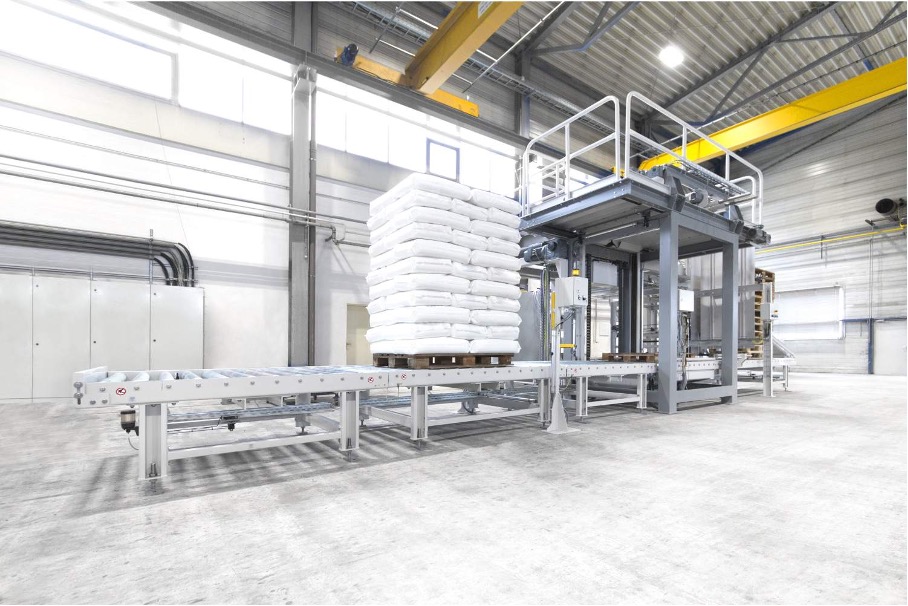Improving Material Chemistries
If humans are to do what they dream of doing – building mile-high towers, riding space elevators, traveling to Mars, flying from New York to Tokyo in two hours, and more – they will have to find stronger, lighter materials. And when they do, huge global markets will be transformed.
There are more mundane challenges such as building lighter cars to improve fuel efficiency and reduce emissions, increasing component strength in architecture, developing coatings to help improve thermal management in motorcycles, and building durable but very small microstructures for medical applications.
Using these new materials will also go a long way to reducing GHG emissions as less volatile substances replace current substances in thousands of industrial and commercial processes.
New Alchemists & Huge Global Markets
Materials scientists are hard at work combining innumerable combinations of substances in an effort to find the strongest materials. One of the more promising breakthroughs is the use of new blends of nano carbon fiber polymers in mixing stronger, lighter, and cleaner cement.
Scientists are also using resins to improve part strength and flexibility, tensile strength, and compressive yield strength in items that are just a few atoms thick.
Other ways to improve strength, stiffness, and resistance to fracturing involve integrating CNTs, graphene, nano-clay, nano-silica, and other substances into epoxy matrices designed to meet specific engineering needs.
In the following TED video, Julia Greer, a researcher of lightweight, 3D nano-architectures, explains the promise of nanomaterials.






